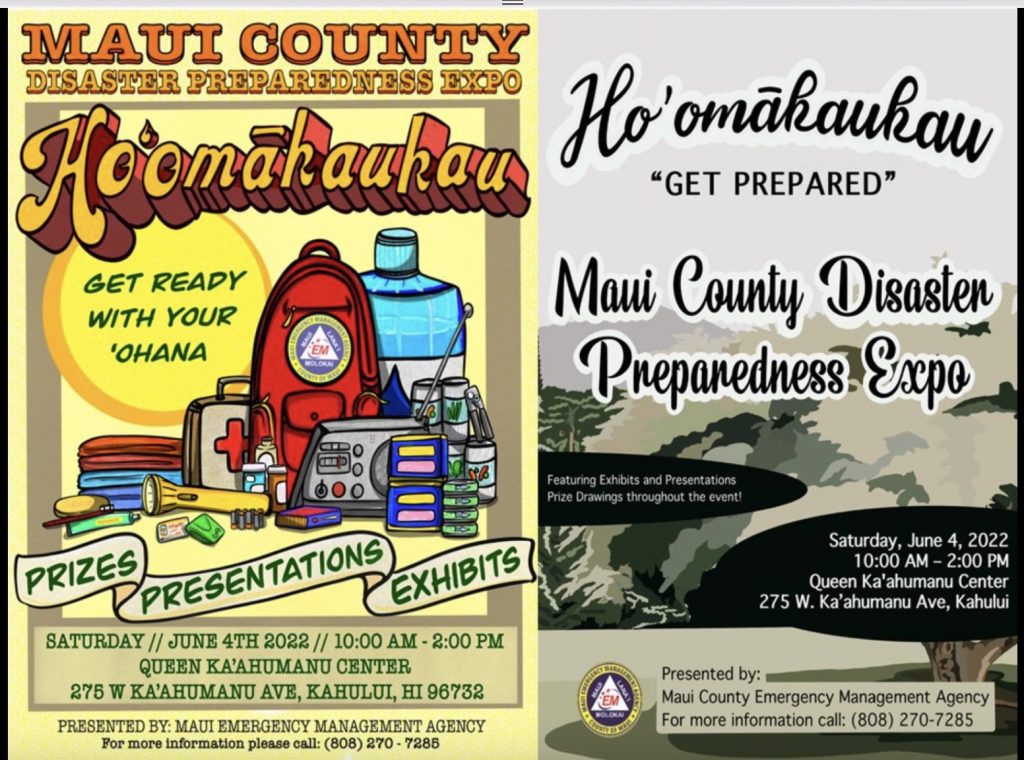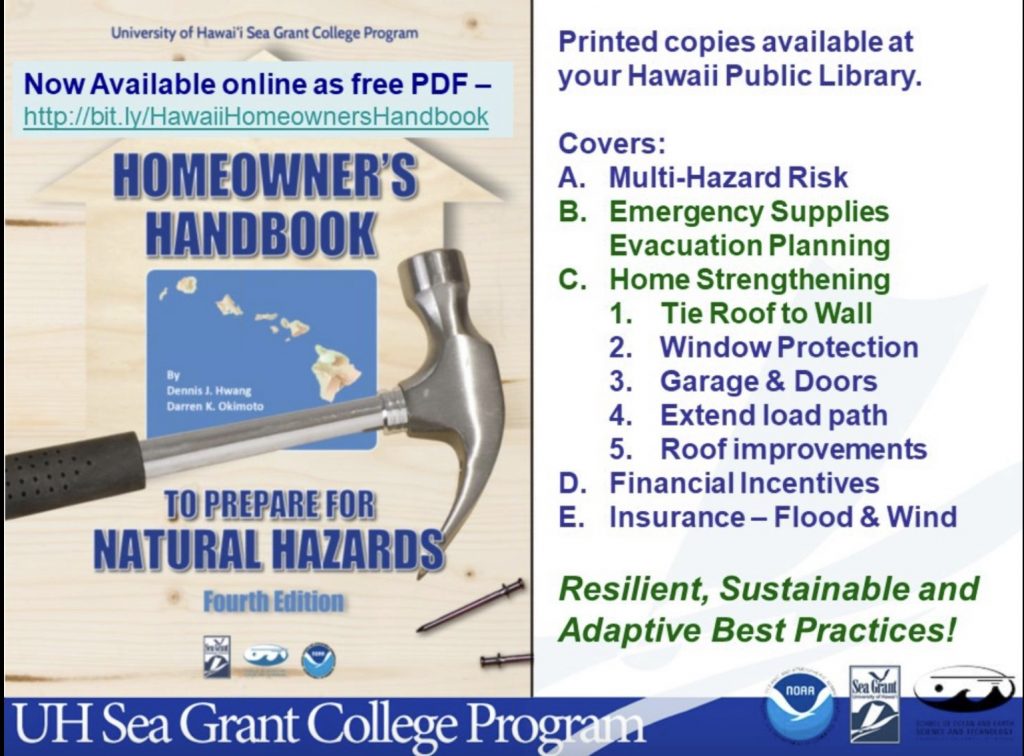Hurricane outlook for Hawaiʻi is quieter than normal, but wildfire peak will come sooner

Thanks to La Niña, this year’s Hawai’i area hurricane season may be lighter than last year, weather experts said during a media briefing this morning.
Hurricane season begins June 1 and runs through Nov. 30 for the Central Pacific hurricane region, which is located north of the equator between 140°W and the International Date Line.
However, the same La Niña weather conditions will keep Hawai’i severely dry and punch up the peak of wildfire season to June, according to National Oceanic and Atmospheric Administration’s Central Pacific Hurricane and Climate Prediction centers. Presenters spoke during the 2022 Central Pacific Hurricane Season Outlook media briefing this morning.
This year, experts are predicting two to four tropical cyclones. Last year, the forecast was two to five, and one occurred, making it an “extremely quiet season.”
“Overall it has been quiet for the last several years,” Chris Brenchley, director of NOAA’s Central Pacific Hurricane Center, said during the news conference.
Brenchley said cold waters along the equator during La Niña create vertical wind shear that works against hurricanes. When tropical cyclones hit the wind shear, they break apart and weaken quickly.
Still, he reminded people to stay vigilant and prepare for the worst. This year marks the 30th anniversary of Hurricane Iniki, one of the most devastating hurricanes to hit Kaua’i directly and impact Hawai’i in modern history, Brenchley added.
“Throughout the state we must remain aware that there is a possibility of a hurricane and that is a real possibility each and every hurricane season, regardless of the outlook,” he said. “We should heed advice from public safety officials, preparedness messages you’ve heard today, make preparedness plans and communicate it to your friends and family. Together, we can do these things and make our communities more ready for any impacts that could come.”
There is a 60% chance of below-normal tropical cyclone activity during the Central Pacific hurricane season this year, a news release said. The outlook also indicates a 30% chance for near-normal activity, and only a 10% chance of an above-normal season.
Tropical cyclones include tropical depressions, tropical storms and hurricanes. Predictions do not mean that the cyclones will make landfall.
Also, weather experts are predicting the third La Niña in a row, which hasn’t happened in the last half century.
The same La Niña conditions that will work against hurricanes are anticipated to fuel wildfires, according to Kevin Kodama, senior service hydrologist for the National Weather Service in Honolulu.
The wildfire peak that’s typically in late July or early August will move up a month or two, possibly into June, he said.
Kodama said existing drought conditions in place will likely intensify and expand even further, impacting the agricultural sector, especially ranchers.
Maui County has had the worst drought conditions in the state in the last couple years.
Wet season, which runs from October through April, saw a lot of extremes this year. But it ended in April with severe to extreme drought conditions in Maui County, O’ahu and the Big Island.
Overall, it was the 12th driest wet season for Hawai’i in the last 30 years.
Kodama added that Kahului and Hilo airports have had the 10th driest wet season in the last 30 years.
NOAA’s Central Pacific Hurricane Center and NOAA’s Climate Prediction Center are divisions of the National Weather Service.











